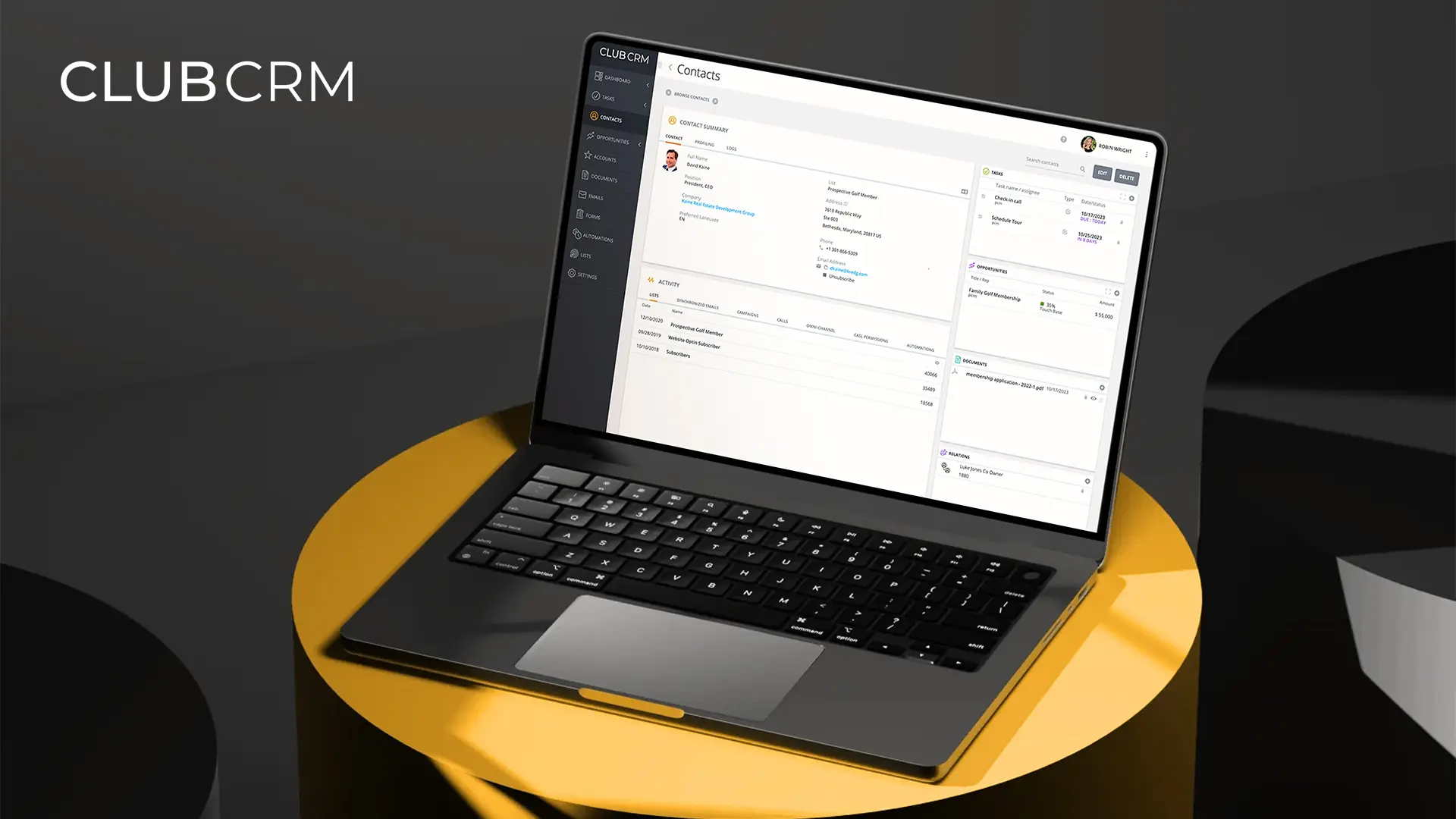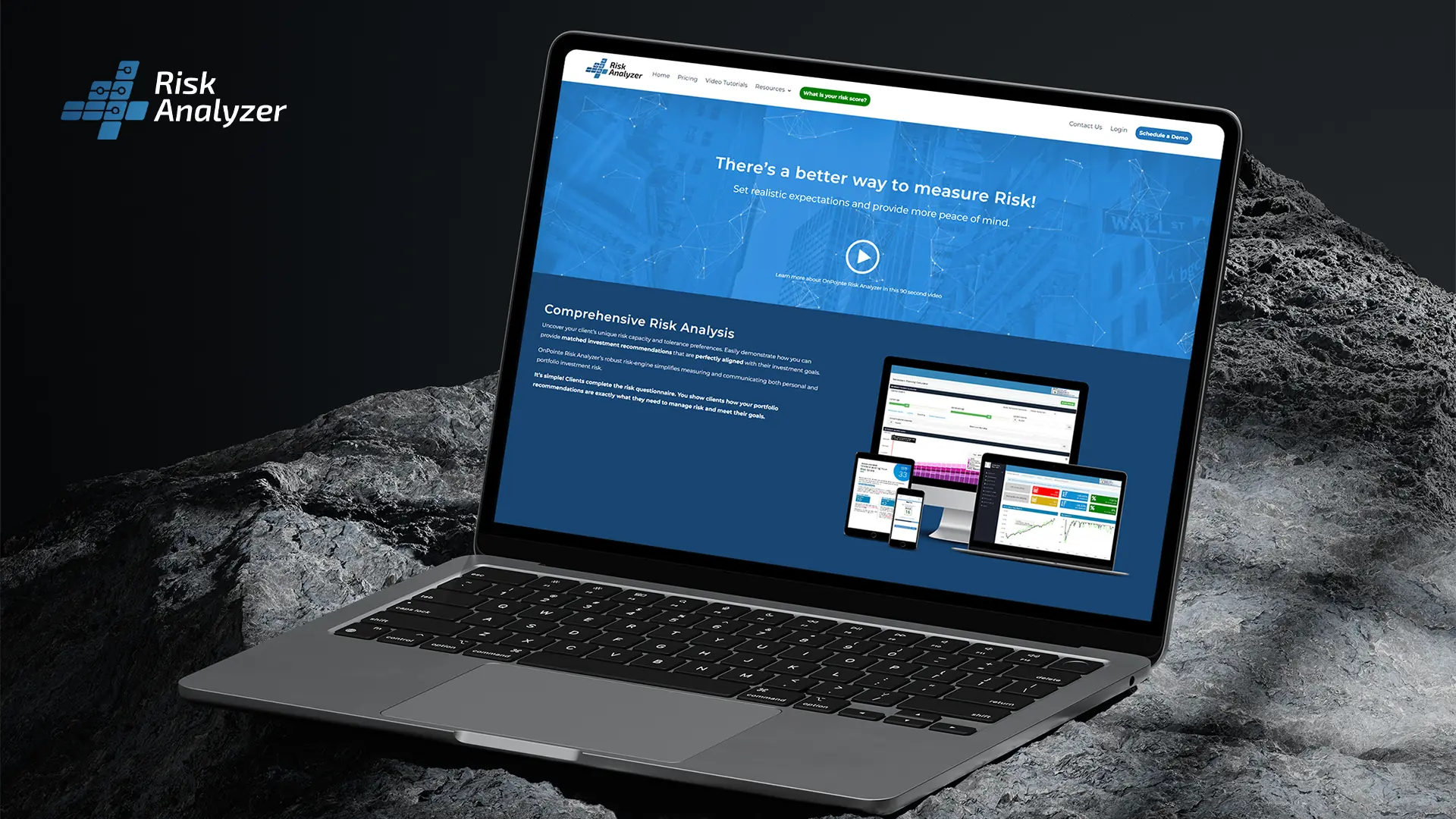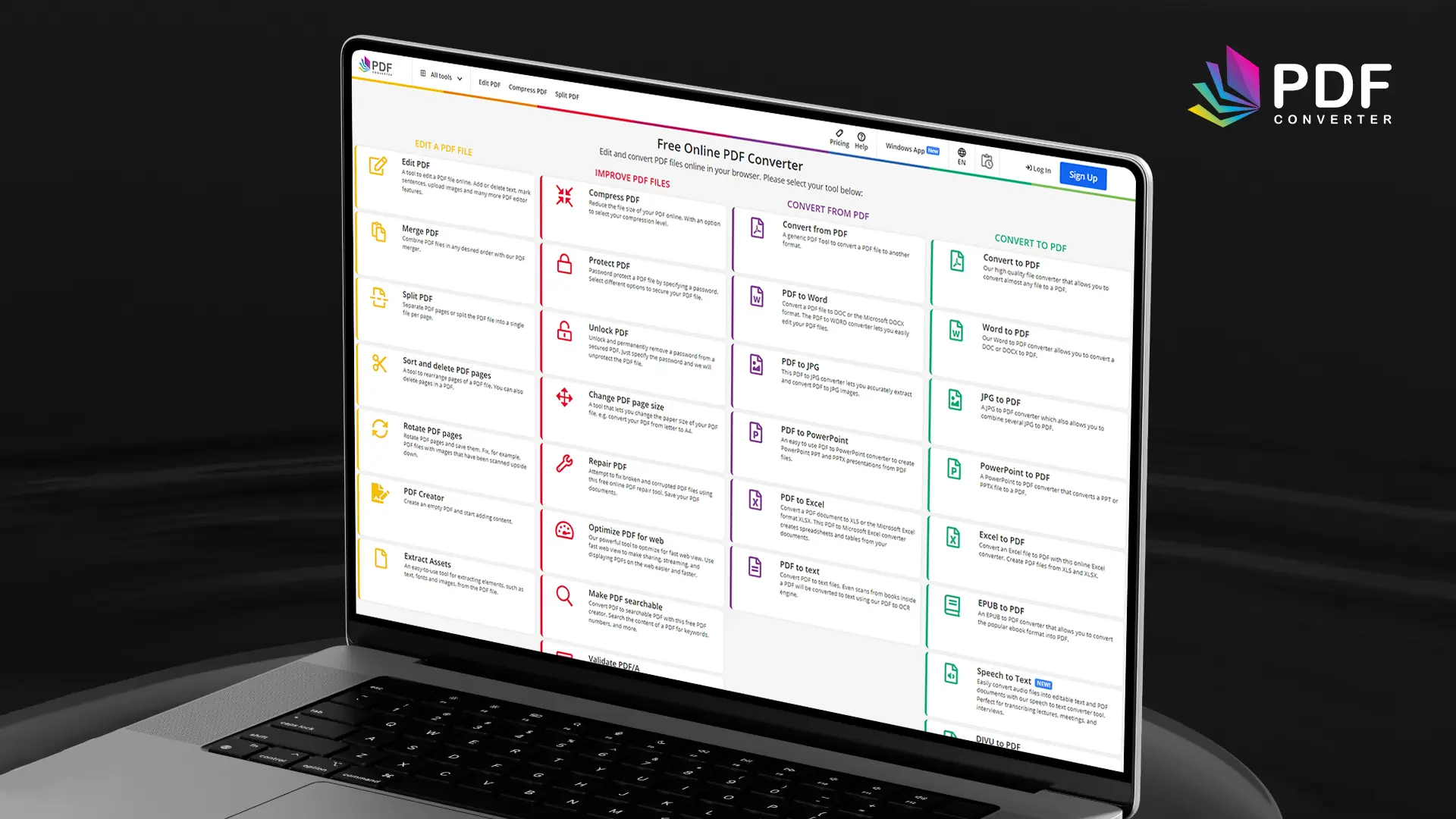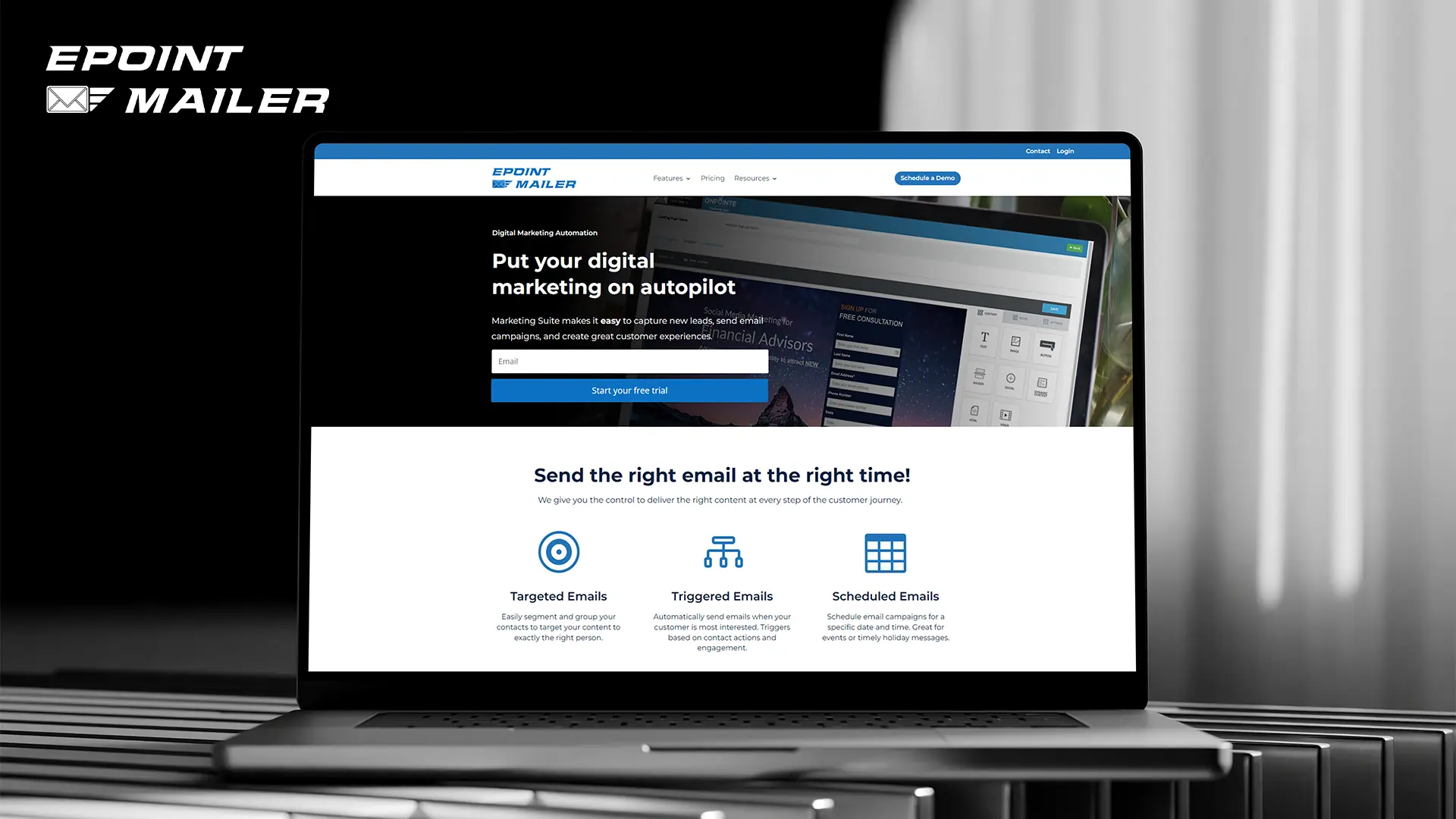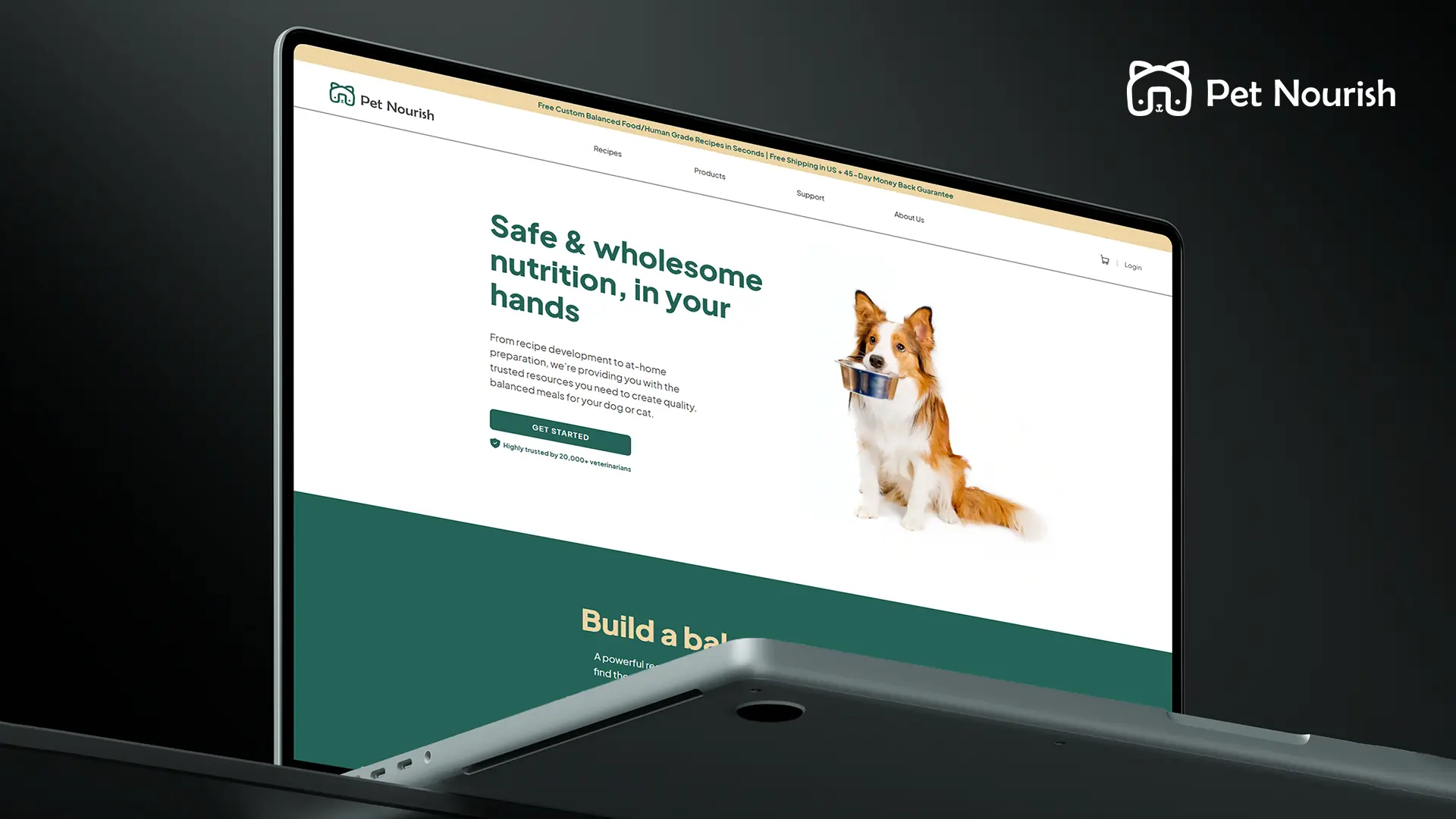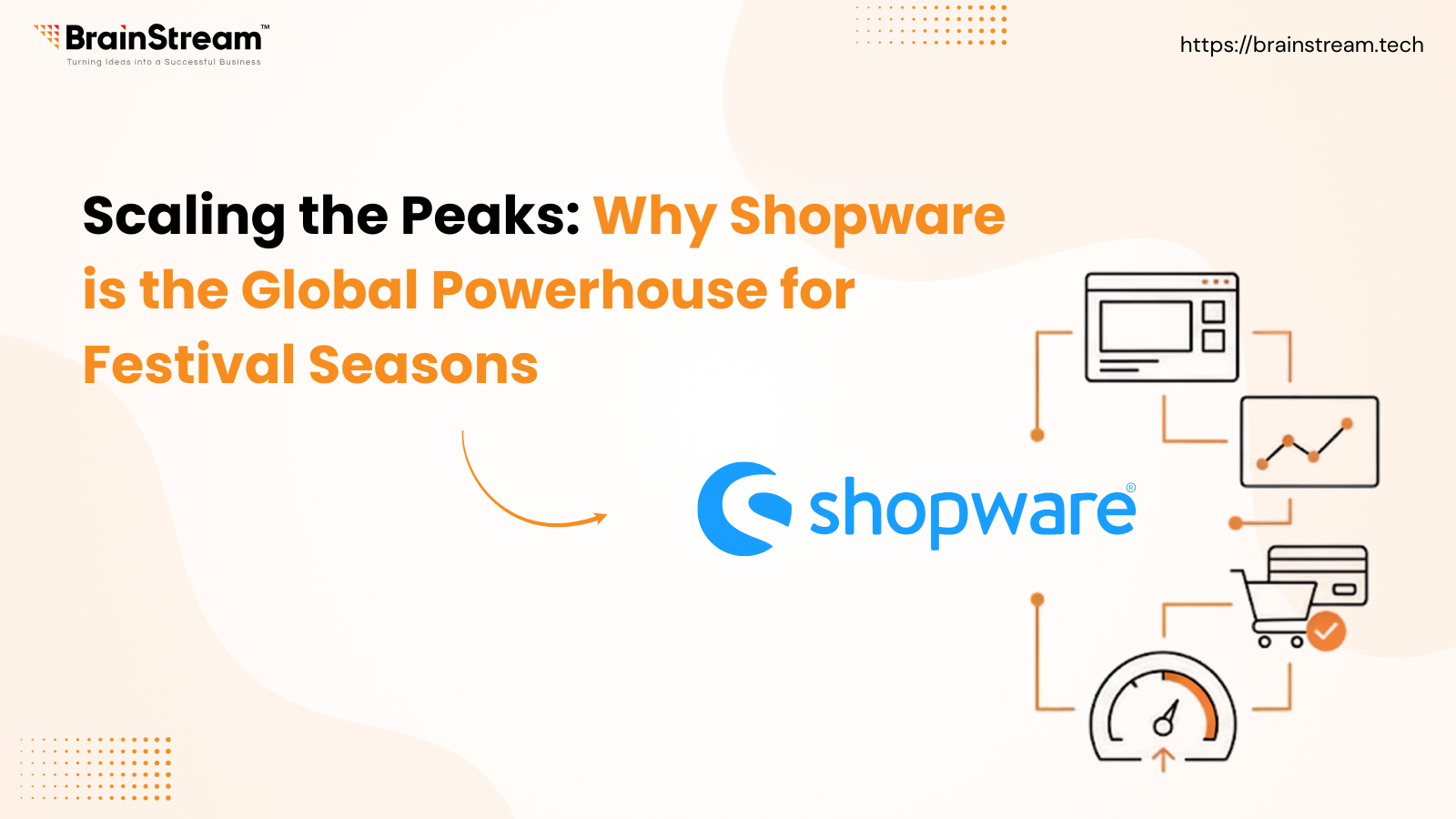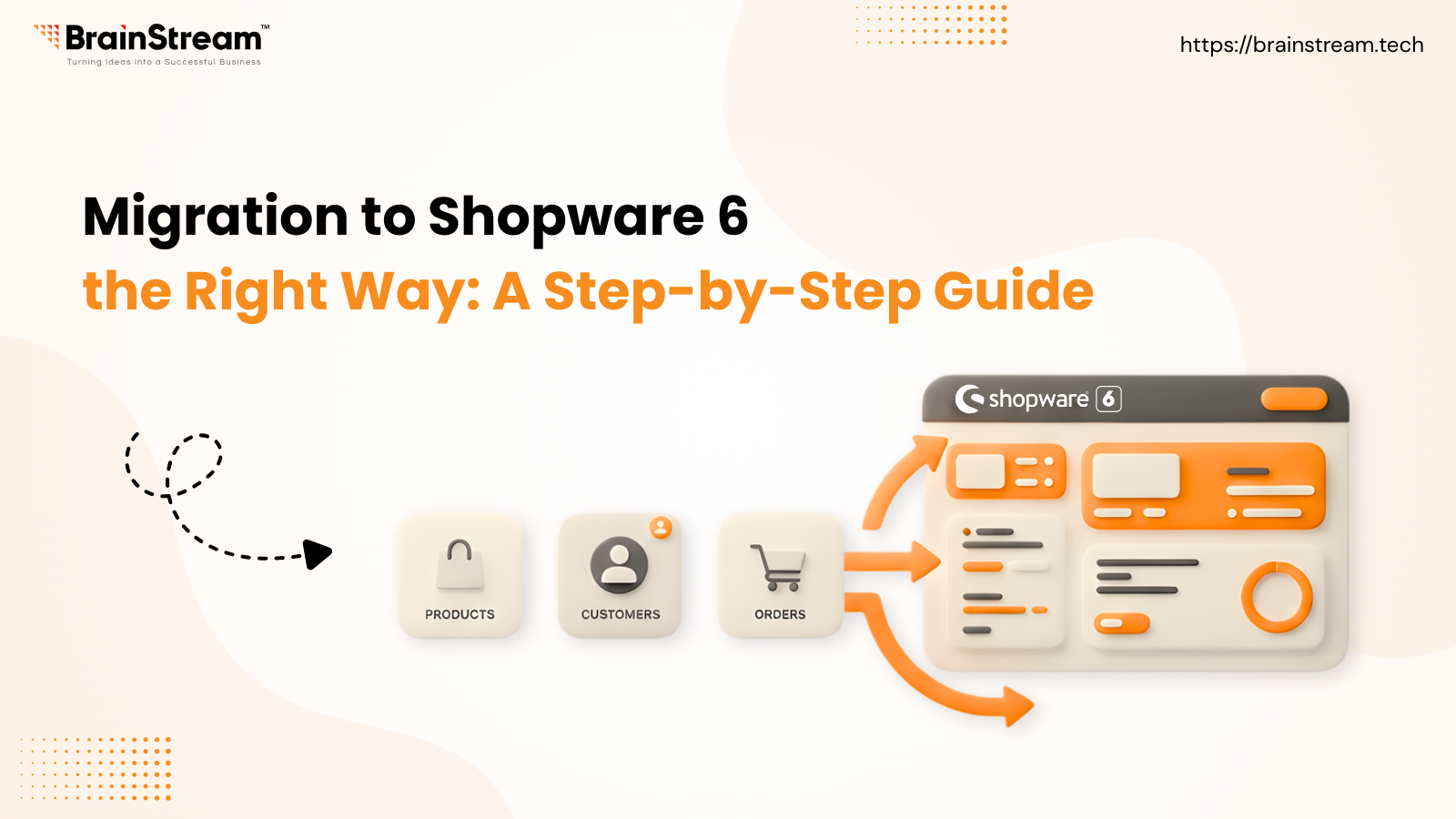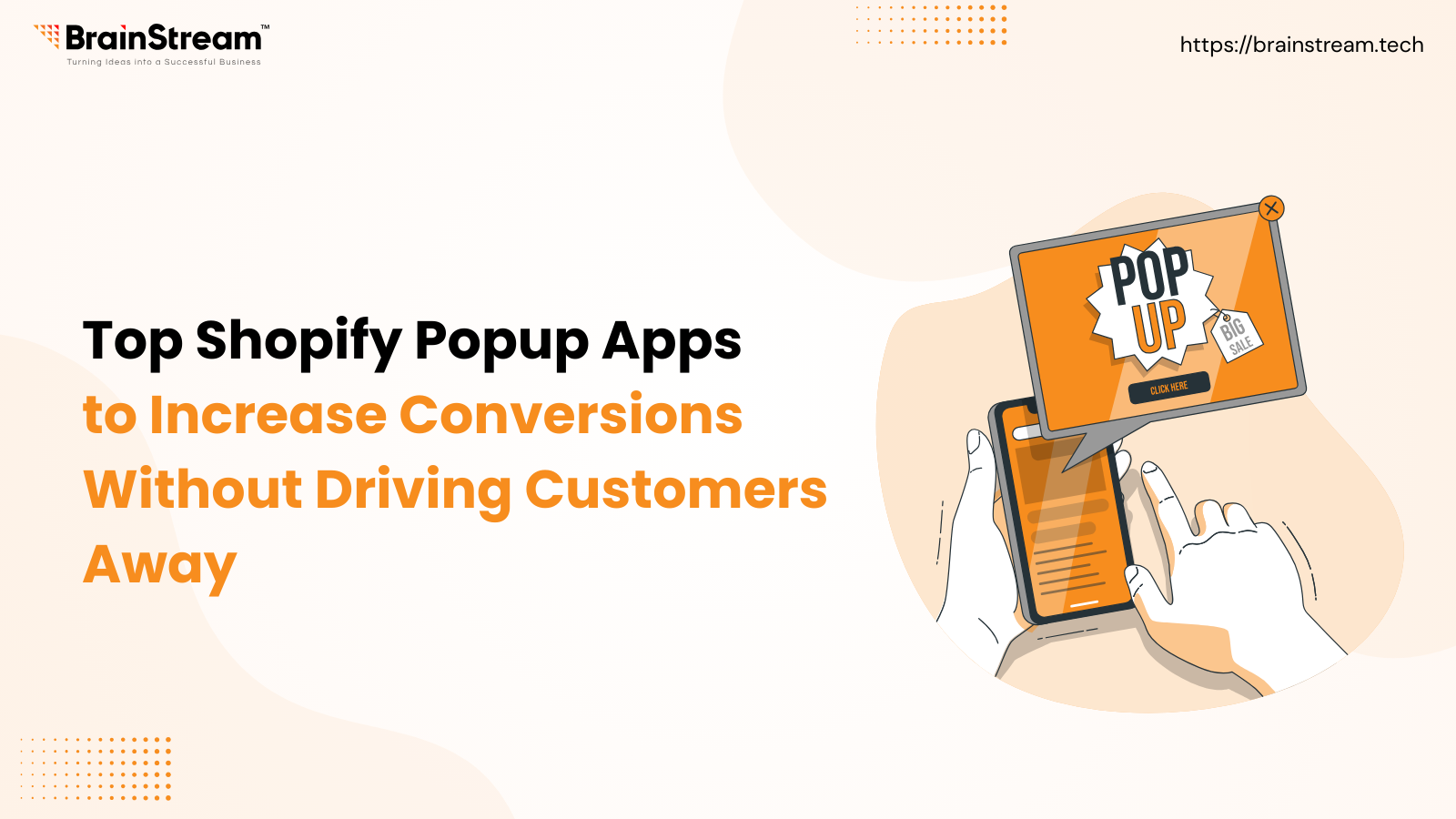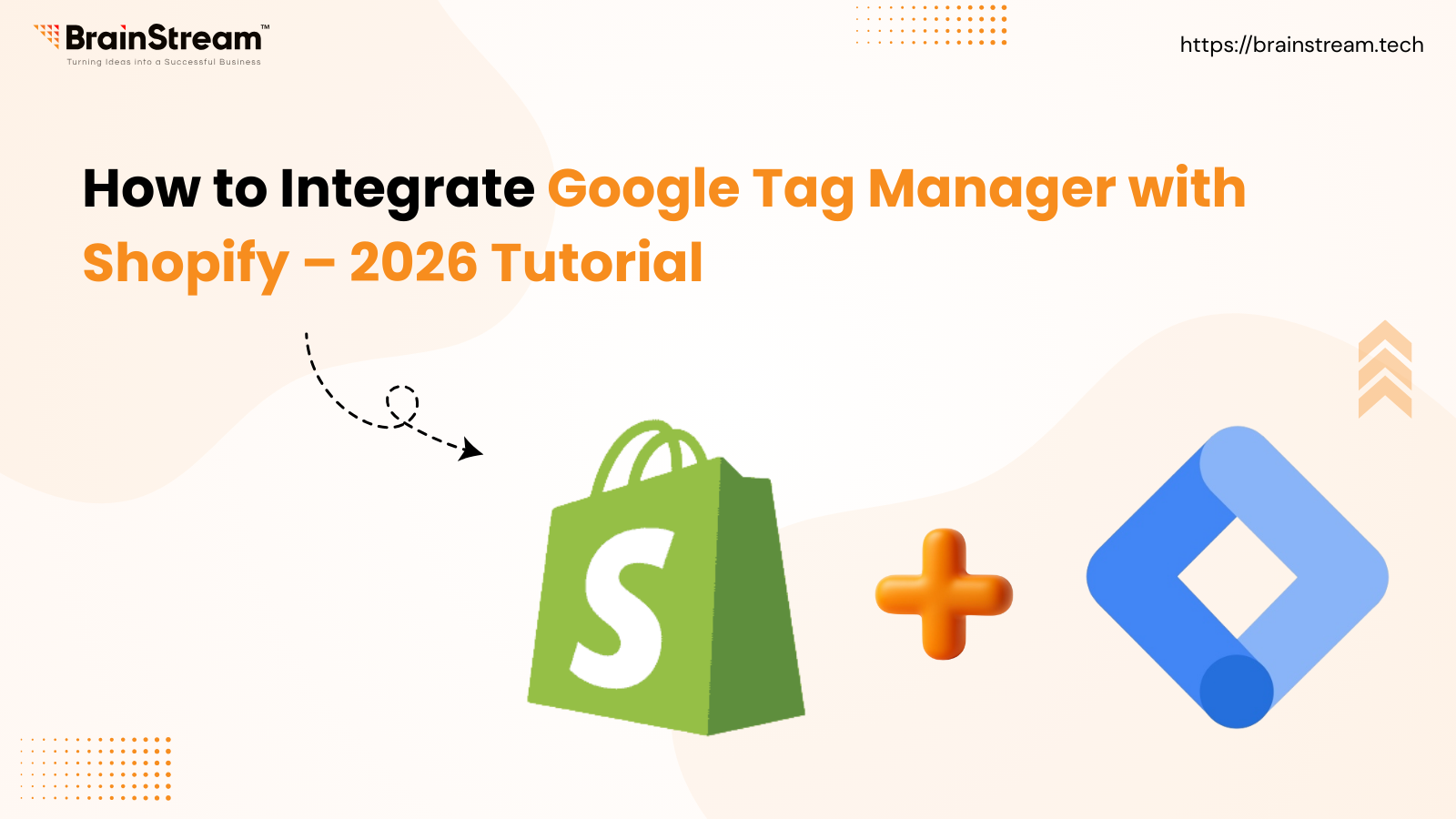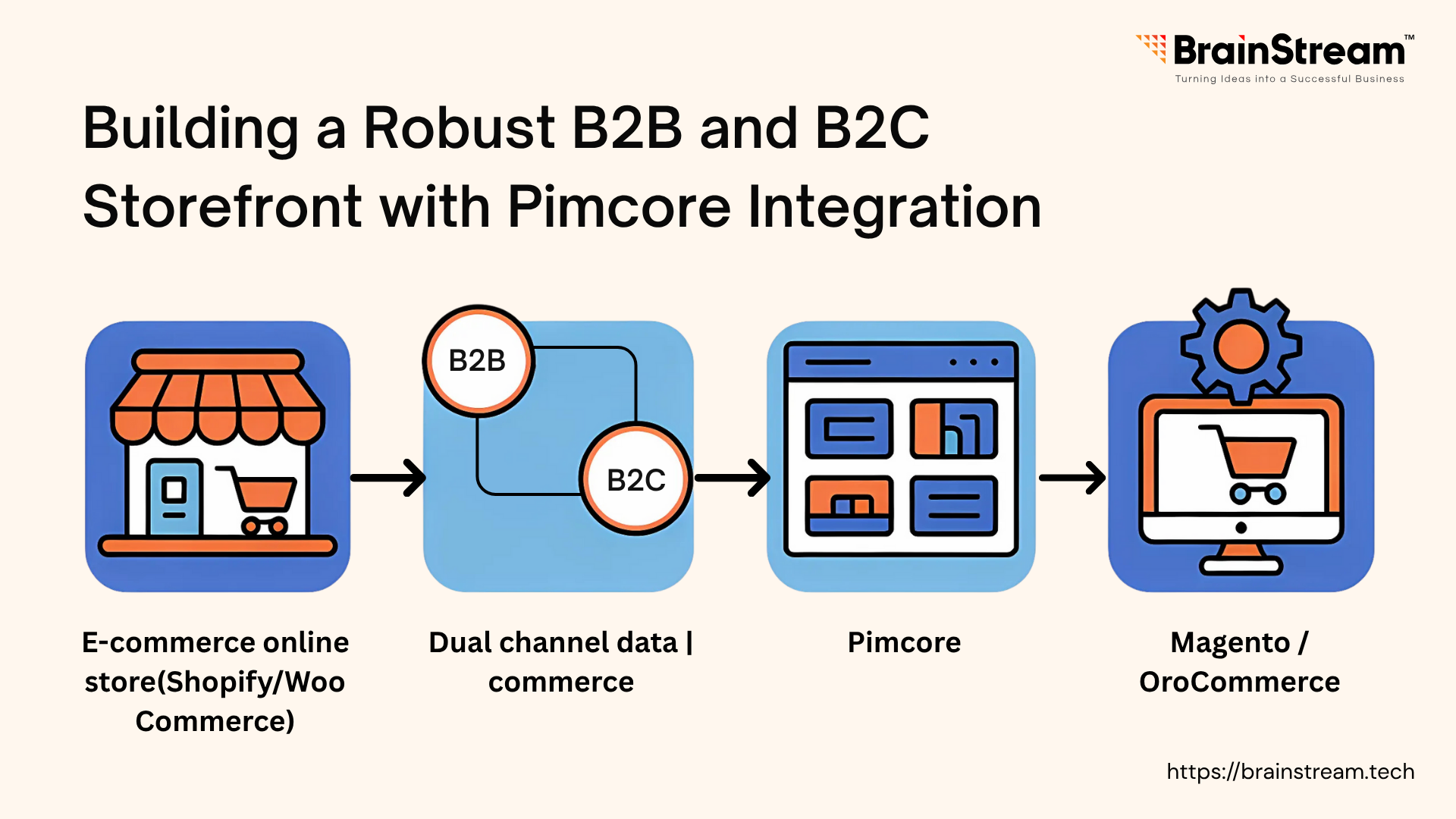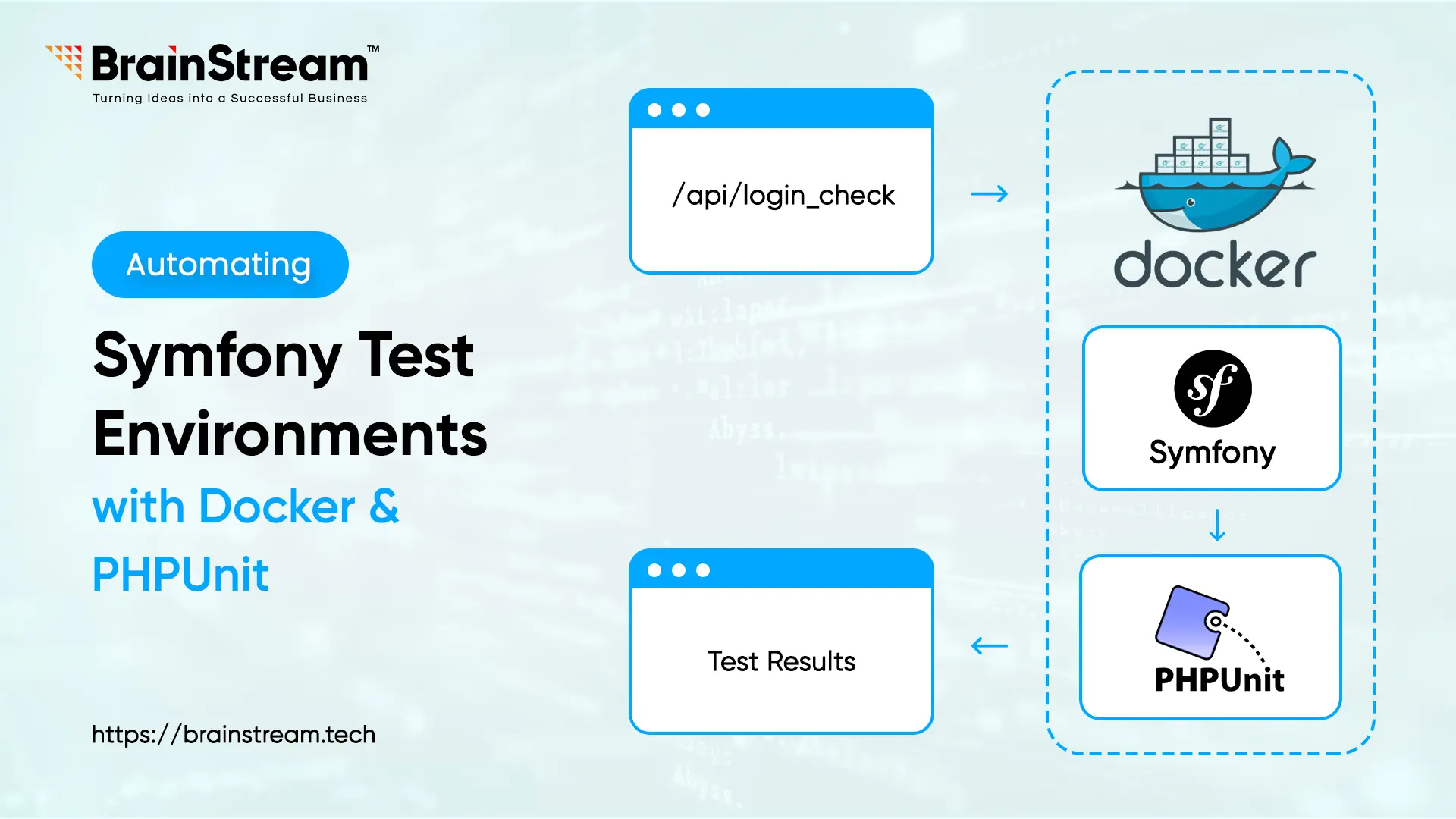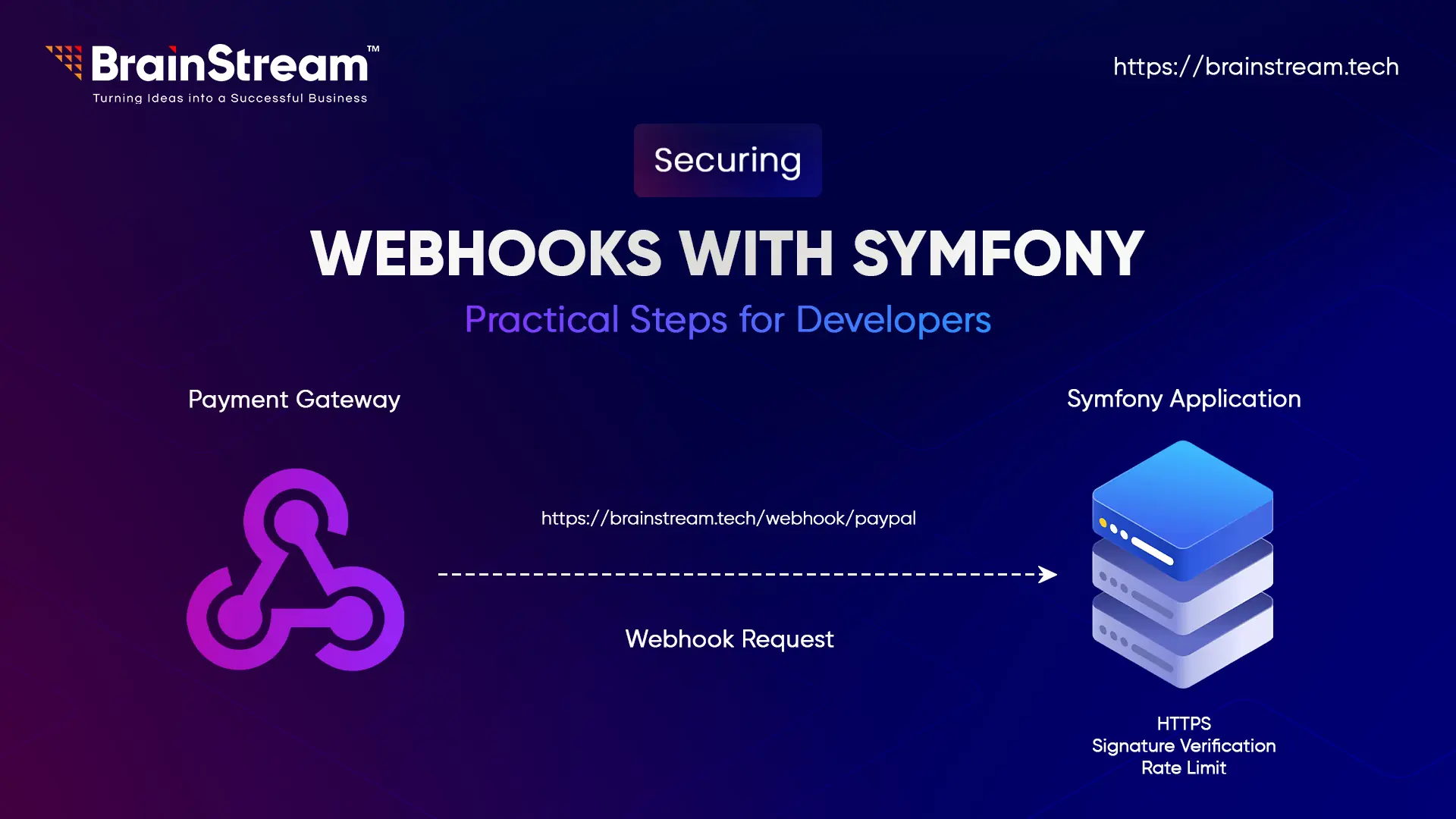
Summary:
Brainstream ensures secure and seamless payment gateway integration using advanced Symfony webhooks. This guide provides practical steps for implementing safe and reliable payment processing with leading gateways.
May 23, 2025
At Brainstream, we secure payment gateway webhooks for seamless integration with leading payment gateways using advanced Symfony techniques. This guide shares practical steps for safe, reliable payment processing.
1. Enforce HTTPS
Always use HTTPS for webhook endpoints to encrypt data in transit. Configure your web server to redirect HTTP URLS to HTTPS URLS and use an SSL certificate. This ensures secure communication and maintains the integrity of transmitted data.
2. Validate Signatures
We ensure webhook authenticity by validating signatures, critical for our payment integrations with platforms like PayPal, Stripe, etc. We use a secure HMAC-SHA256 hash to verify payloads, preventing unauthorized access. Here’s how we implemented signature validation in a recent Symfony project for a client’s e-commerce platform:
$payload = $request->getContent();
$secret = 'your_webhook_secret';
$signature = $request->headers->get('X-Webhook-Signature');
$expected = hash_hmac('sha256', $payload, $secret);
if (!hash_equals($expected, $signature)) {
return new Response('Invalid signature', 401);
}This stops unauthorized requests dead in their tracks.
3. Implement Rate Limiting
Protect against abuse by limiting request frequency. Symfony’s Rate Limiter Component makes this easy. Below is an example of rate-limiting a webhook endpoint to 100 requests per minute:
use Symfony\Component\HttpFoundation\Request;
use Symfony\Component\HttpFoundation\Response;
use Symfony\Component\RateLimiter\RateLimiterFactory;
public function webhook(Request $request, RateLimiterFactory $webhookLimiter): Response{
$limiter = $webhookLimiter->create($request->getClientIp());
if (!$limiter->consume(1)->isAccepted()) {
return new Response('Too Many Requests', 429);
}
// Process webhook
return new Response('Webhook received', 200);
}
Configure the limiter in config/packages/rate_limiter.yaml:
framework:
rate_limiter:
webhook:
policy: token_bucket
limit: 100
rate: { interval: '1 minute' }4. Log Webhook Activity
Log webhook requests to monitor activity and debug issues. Symfony’s Monolog bundle simplifies this. Inject a logger into your controller to record payloads and response statuses. Here’s an example:
use Psr\Log\LoggerInterface;
public function webhook(Request $request, RateLimiterFactory $webhookLimiter, LoggerInterface $logger): Response {
$payload = $request->getContent();
$logger->info('Webhook received', ['payload' => $payload]);
// Validate and process webhook
$response = new Response('Webhook received', 200);
$logger->info('Webhook processed', ['status' => $response->getStatusCode()]);
return $response;
}This aids auditing and troubleshooting.
5. Use Message Queues for Resilience
High webhook volumes can strain endpoints, increasing DoS risks. Symfony Messenger can queue payloads for async processing, reducing load. Dispatch a message to a handler:
use Symfony\Component\Messenger\MessageBusInterface;
public function webhook(Request $request, MessageBusInterface $bus): Response {
$bus->dispatch(new WebhookMessage($request->getContent()));
return new Response('Webhook queued', 202);
}This boosts resilience against volume-based attacks.
6. Ensure Idempotency to Prevent Duplicates
Idempotency ensures webhook requests can be safely repeated without duplicate actions, like double-charging. Use a unique ID e.g. Stripe’s Idempotency-Key or PayPal’s Paypal-Transmission-Id, and store it in a database to track processed requests. Here’s a Symfony example for PayPal using Doctrine:>
use Doctrine\ORM\EntityManagerInterface;>
use Symfony\Component\HttpFoundation\Request;>
use Symfony\Component\HttpFoundation\Response;>
public function webhook(Request $request, EntityManagerInterface $em): Response{>
$transmissionId = $request->headers->get('Paypal-Transmission-Id');>
if (!$transmissionId) {>
> return new Response('Missing PayPal-Transmission-Id', 400);>
}>
if ($em->getRepository(WebhookLog::class)->findOneBy(['transmissionId' => $transmissionId])) {>
> return new Response('Webhook already processed', 200);>
}>
// Process webhook and save transmissionId>
$log = new WebhookLog($transmissionId);>
$em->persist($log);>
$em->flush();>
return new Response('Webhook processed', 200);>
}>This prevents costly duplicates for providers like PayPal or Stripe.>
7. Encrypt Sensitive Payload Data
For sensitive data (e.g., payment details), encrypt webhook payloads before storing and decrypt them for processing. Symfony’s Sodium integration offers robust encryption. A nonce (number used once) ensures unique encryption outputs. Here’s an example encrypting and decrypting a payload with Doctrine:>
use Doctrine\ORM\EntityManagerInterface;>
use Symfony\Component\HttpFoundation\Request;>
use Symfony\Component\HttpFoundation\Response;>
public function webhook(Request $request, EntityManagerInterface $em): Response{>
$payload = $request->getContent();>
$key = sodium_crypto_secretbox_keygen();>
$nonce = random_bytes(SODIUM_CRYPTO_SECRETBOX_NONCEBYTES);>
$encrypted = sodium_crypto_secretbox($payload, $nonce, $key);>
>
$log = new WebhookLog($encrypted, $nonce, $key);>
$em->persist($log);>
$em->flush();>
return new Response('Webhook stored', 200);>
}>This protects sensitive data with a unique nonce per encryption.>
Conclusion
Securing webhooks doesn’t have to be complex. You can safeguard your application by enforcing HTTPS, validating signatures, applying rate limits, logging activity, using message queues, ensuring idempotency, and encrypting data. Test these measures thoroughly to ensure your endpoints are secure and reliable.

Related Blog
Symfony
Symfony Behind the Scenes: Understanding the Kernel Lifecycle
Symfony combines a disciplined architecture with tools that prioritize developer happiness and efficiency. But what actually happens when someone hits your website? This article takes you behind the curtain of a Symfony application. You’ll see how a simple index.php file...
eCommerce Development
Building a Robust B2B and B2C Storefront with Pimcore Integration
Pimcore combines several essential tools into one platform: Product Information Management (PIM), Digital Asset Management (DAM), Content Management (CMS), and e-commerce functionality. This open-source solution helps businesses manage their product data and digital assets from a central location. Many companies...
Symfony
Automating Symfony Test Environments with Docker and PHPUnit
Testing and setting Symfony API applications may be awfully challenging to control in case different environments set up with manual management, and it takes a lot of time to establish databases and set up configuration again. Docket proposes a solution...

Keep up-to-date with our newsletter.
Sign up for our newsletter to receive weekly updates and news directly to your inbox.
